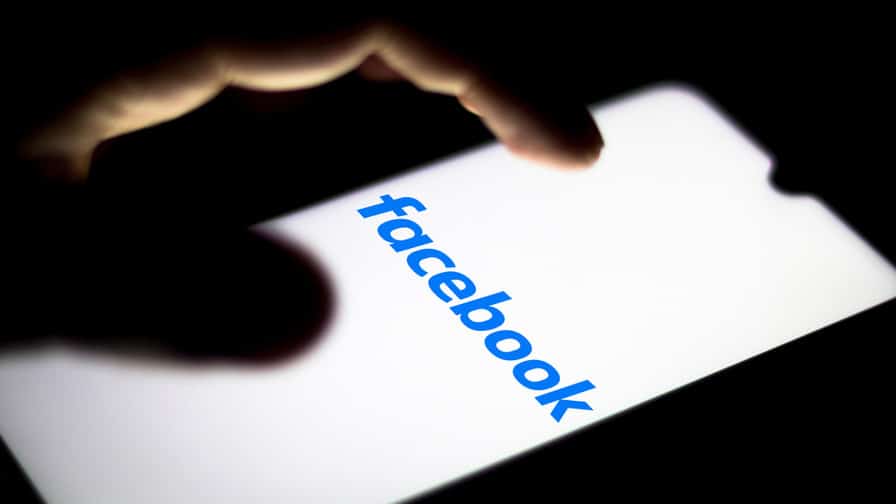By now, most people have read or heard something about the growing list of large, influential companies pausing their advertising on Facebook in the U.S., including Coca-Cola, Unilever, REI, The North Face, and Patagonia, Upwork, Dashlane, Starbucks, Eddie Bauer, Honda, Hershey’s and Verizon to name a few.
This advertising exodus is a boycott in protest of what they state are Facebook’s failures to stop the spread of violent, divisive and racists hate speech on social media. In addition to communicating that they don’t want to promote their ads in this kind of toxic environment, these brands are also conveying that they want more transparency and accountability from their social media partners.
As brands take a step back from these paid social platforms, they are reassessing the marketing landscape and actively evaluating alternative channels to allot their planned media investment to.
Progression to performance
It’s important to note that, even before the recent market turbulence caused by COVID-19, many marketing teams were pulling back on their paid marketing spend in the face of their leadership teams’ demands to show ROI of their marketing spending choices and channels.
In addition to wanting more transparency into where their marketing spend was going, these brands also wanted more control and accountability over how, where and when their marketing messaging and promotions were being displayed.
For example, back in 2017, a number of brands and publishers in Europe boycotted Google’s network after discovering their ads were being displayed alongside content such as videos promoting terrorism and anti-Semitism. Others were finding ads for their brand appearing on alt-right sites, even after requesting they be blacklisted.
As such, over the past few years, brands large and small have been gradually shifting their marketing spend away from programmatic, retargeting, display, paid social and paid search marketing and towards channels that give them more control and visibility into where their spend is going, and where and how their ads are being seen.
What’s more is that many of these brands have come to realize that they prefer allocating spend to marketing channels where payment is made after performance has been driven, not before. This is a key reason why there’s been a notable increase in budget allocation in recent years to affiliate marketing programs; control, transparency and pay-on-performance are all core to the affiliate marketing model.
Shifting spend
When the COVID-19 pandemic spread around the globe, impacting people’s personal and professional lives, consumption habits and shopping preferences, the gradual shift to pay-on-performance marketing abruptly accelerated.
Numerous leading brands turned up the marketing volume and budget for their affiliate program and either paused or turned off their upper-funnel marketing channels, including display, retargeting and Google product listing ads. Having progressed in this direction pre-COVID-19, they understood how their affiliate channel could give them more control over their marketing spend and messaging, which was critical as they navigated the turbulent economic landscape caused by the pandemic.
Now, as numerous leading brands boycott Facebook, we anticipate many will take a similar approach with their now available media spend and reallocate it to their affiliate marketing channel.
Key reasons
Whether it’s in response to a pandemic or a protest, there are many reasons brands are elevating the priority of their pay-on-performance affiliate marketing program:
Trust – an essential element of affiliate marketing that sets it apart from other channels is that it’s a relationship-based model. Brands with the most successful affiliate programs understand that the affiliates within their programs are their partners; they are marketing on their behalf as an extension of their brand and brand values. For brands wanting to work with partners they can trust, affiliate marketing gives them confidence that their partners will represent their brand in a way that’s aligned with their values.
Transparency – in performance-based partnerships, companies and affiliate program managers know what types of partners are in the affiliate program, and how, when and where they are promoting and representing the brand. Companies also have significantly more transparency into the amounts they are paying their various partners as well as for what purpose.
Accountability – affiliate marketing’s cost per action model helps brands more effectively identify desired behaviours (e.g. leads or sales from specific channels), track and compensate partners based on those behaviours. More than ever, brands want to know where their ads or promotions are being displayed as well as what returns the marketing effort is generating.
Affiliate marketing is built on a foundation of transparent, trusting relationships where brands and partners set clear expectations, including around KPIs and brand values. The brands boycotting Facebook because of how the social platform is handling misinformation and hate speech may find their dollars, time and energies better spent on marketing channels that allow them to pay for outcomes that matter.
